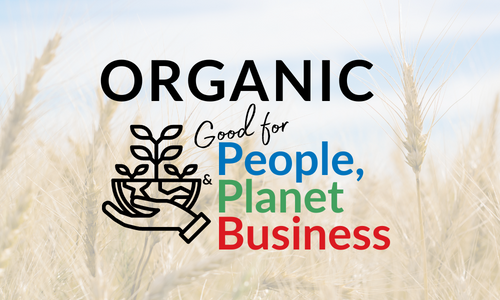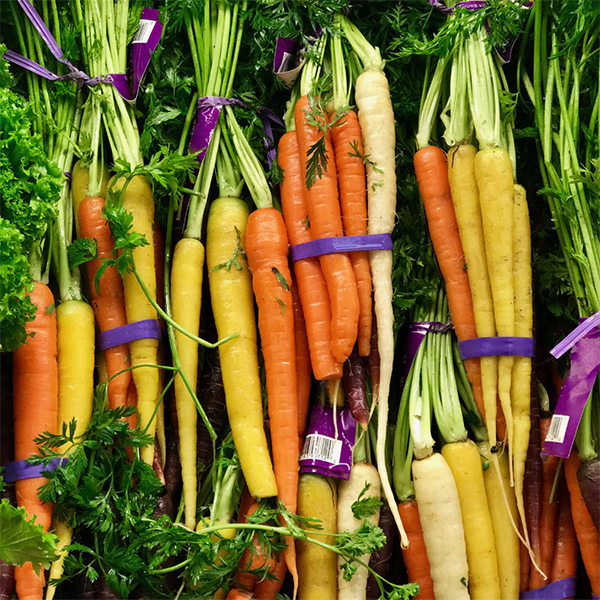There are countless mechanisms for receiving information. Of them all, an oldie but a goodie, will always be reading. Books, articles, magazines, etc. continue to provide a concise body of thought on a particular subject, idea, or story. As the demand for information evolved, consumers requested more input on those bodies of thought. A desire to converse and have interactive dialogue allowed blogs and podcasts to enter the chat. No matter the mode of delivery, diversity of and in resources is key to good information.
Books
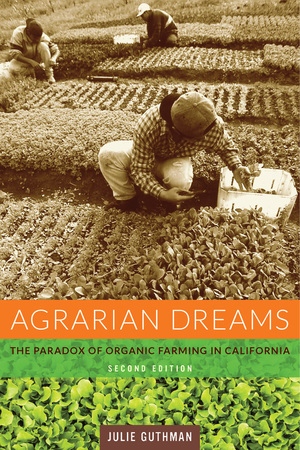 |
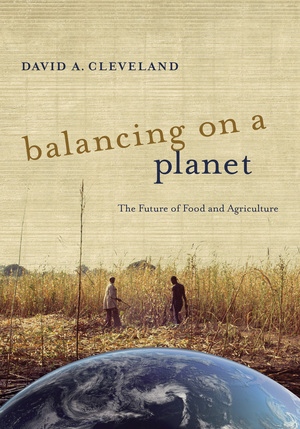 |
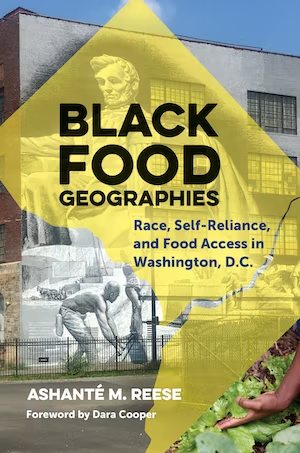 |
 |
 |
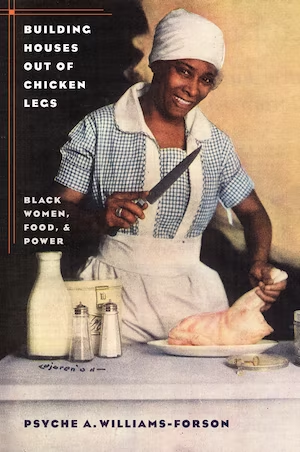 |
 |
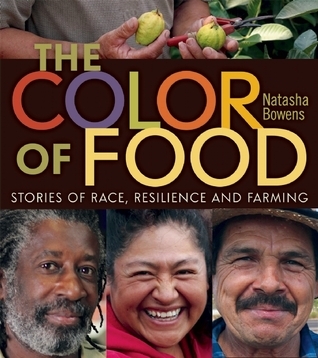 |
 |
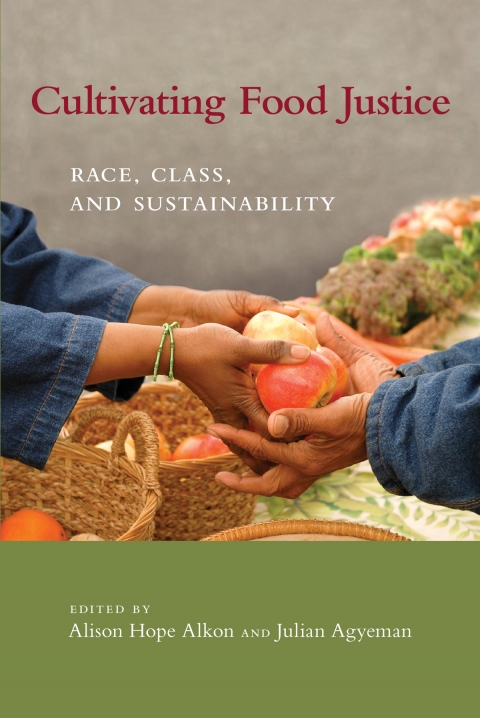 |
 |
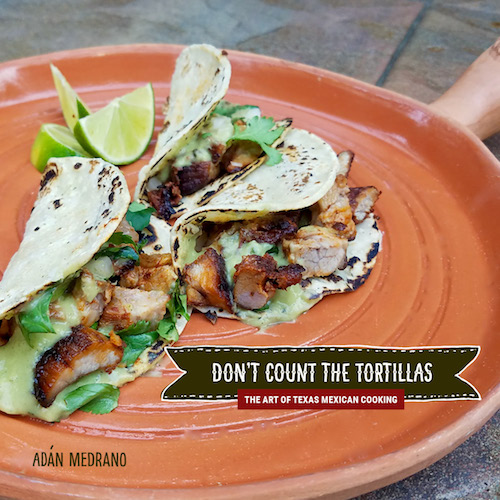 |
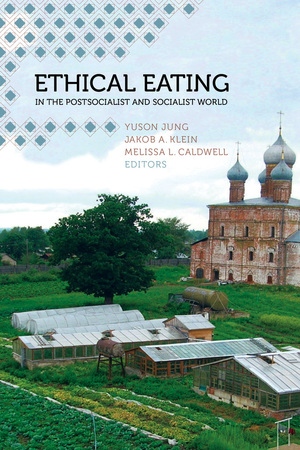 |
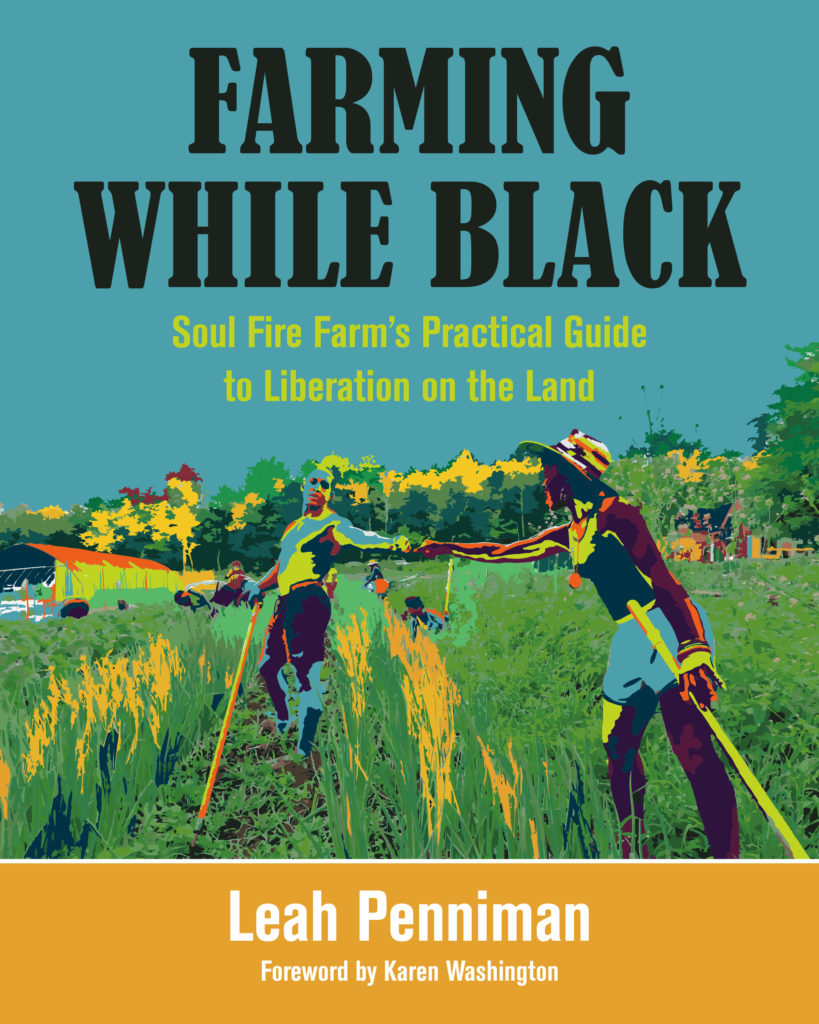 |
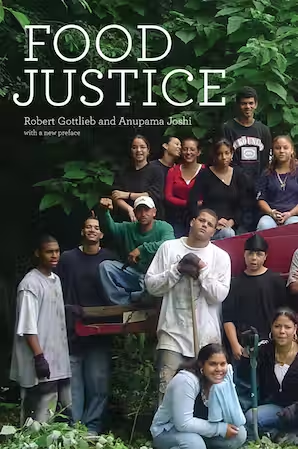 |
 |
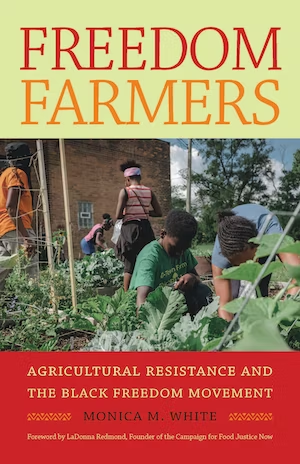 |
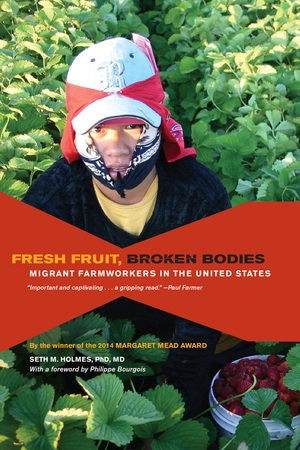 |
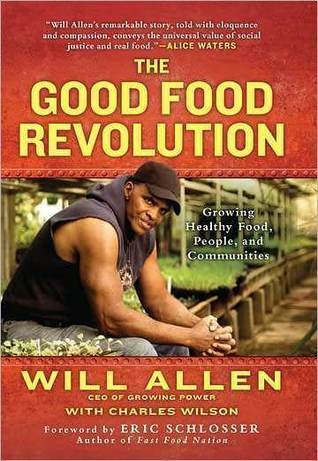 |
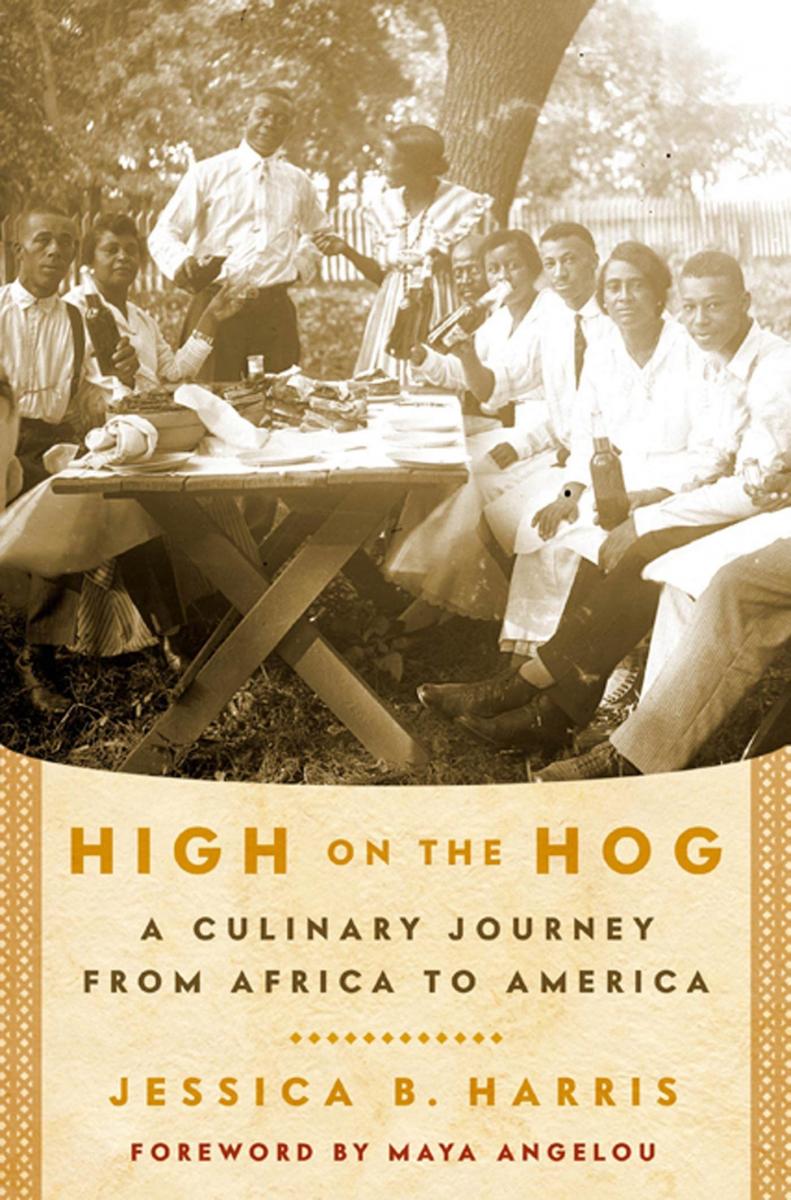 |
 |
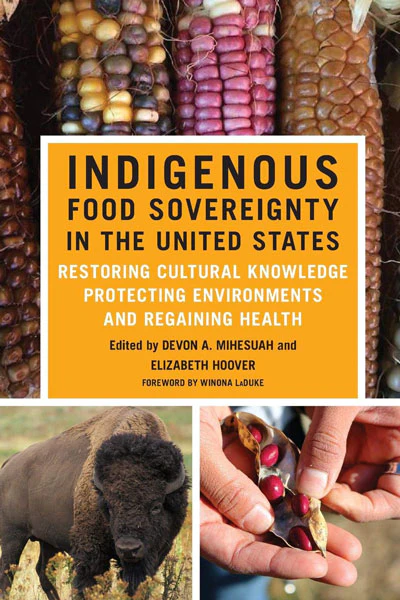 |
 |
 |
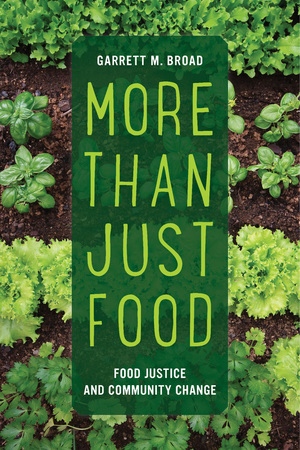 |
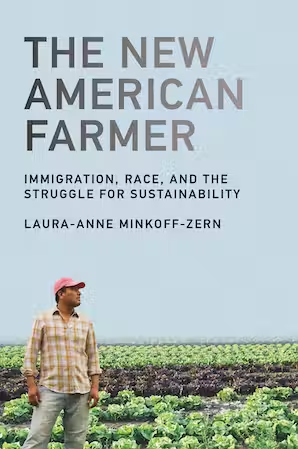 |
 |
 |
 |
 |
 |
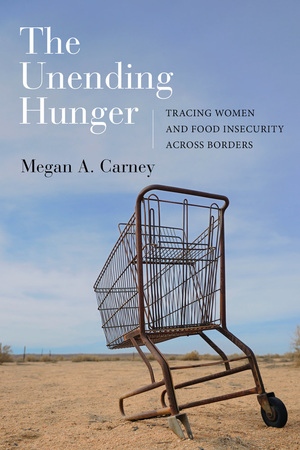 |
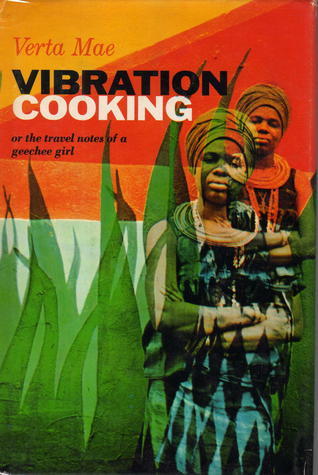 |
 |
Articles
Blue
African American and Native American Organic Farms Across the Southeast Become the Focus of Philanthropic Tour │ Cuisine Noir Magazine
Without a doubt, African American and Native American farmers in the Southeast region are engaged in creating a sustainable food system through environmentally smart agriculture... FULL ARTICLE
Blue
After a Century of Dispossession, Black Farmers Are Fighting to Get Back to the Land │Mother Jones
In the decades before the Civil War, one of the South’s largest slave enterprises held sway on the northern outskirts of Durham, North Carolina. At its peak, about 900 enslaved people were compelled to grow tobacco, corn, and other crops on the Stagville Plantation, 30,000 acres of rolling piedmont that had been taken from the Occaneechi Band of the Saponi Nation. Today, the area has a transitional feel: Old farmhouses, open fields, and pine forests cede ground to subdivisions, as one of America’s hottest real estate markets sprawls outward... FULL ARTICLE
Blue
Black Churches, Powerful Cultural Forces, Set Their Sights on Food Security │ Civil Eats
The Baltimore-based Black Church Food Security Network is building a community-centered food system to combat ‘food apartheid' by connecting Black farmers with historically African-American churches... FULL ARTICLE
Blue
CSA's and regenerative agriculture's ties to Black history │One Earth
While doing a quick Google search on the history of Community Supported Agriculture (CSA) you can find countless articles of its origins being traced to Japan and Europe. Blogs, websites, and even the USDA redirect you to articles stating that CSA moved from the east to the west being brought in through Europe and starting in the United States in 1986. Like many contributions of BIPOC (black, indigenous, and people of color) that are forgotten or erased in history, the introduction of CSA models to the United States actually began in Alabama in the 1960’s... FULL ARTICLE
Blue
Deeply Rooted: How Asian American Farmers Shaped U.S. Agriculture │The Spruce Eats
One of the movie Minari's draws is the novel juxtaposition of a family of Asian descent farming in America. When picturing a farmer in America, it's understandable most conjure an image very different from Steven Yeun. In 2017, those of Asian descent made up just 0.7 percent of the farming population in the United States, whereas white people made up over 95 percent... FULL ARTICLE
Blue
Equitable Access to Organic Foods: Why it matters │Bread.org
Foods that are organically grown are considered particularly healthy for people and the environment, but many people of color lack access to them. Meeting the global goal of ending hunger by 2030—while responding to climate change and the COVID-19 pandemic—calls for applying a racial equity lens to organic foods as well as to other nutritious foods. This must encompass the complete supply chain, including marketing, pricing, and distribution... FULL ARTICLE
Blue
Farming, Native American Style │The Why Files
As farmers north of the equator get ready to plant their seeds, we’ve started wondering about agriculture before Columbus. Conventional wisdom says Native Americans were mostly hunters and gatherers. When they did farm, their slash-and-burn techniques exhausted the soil, forcing them to clear new fields... FULL ARTICLE
Blue
Food Justice Impacts Who Eats and Who Thrives │Shondaland
With 48 percent of Native Americans, nearly 50 percent of Black Americans, and almost 45 percent of Latinos facing obesity, it’s important to understand how we got here. Native Americans were murdered and forcibly removed from their land time and time again. Their food supply, herds of bison, was ravaged in order to starve them into submission... FULL ARTICLE
Blue
Food Justice │FoodPrint
People of color are the most severely impacted by hunger, poor food access, diet-related illness and other problems with the food system. The food justice movement works not only for access to healthy food for all, but also examines the structural roots of these disparities — and works for racial and economic justice, too. This work isn’t new... FULL ARTICLE
Blue
Food System Justice Is Racial Justice │Eatreal.org
When it comes to the U.S. food system, healthful options have become a luxury that millions of Americans don’t have access to or cannot afford. This food insecurity disproportionately affects BIPOC communities due to long-standing structural racism, discriminatory policies, income disparities, and limited economic opportunities... FULL ARTICLE
Blue
From Insecurity to Sovereignty: A Vision for Food Justice │Nonprofit Quarterly
Much like the mainstream version of Thanksgiving, the story of American food systems begins with a table already set, with food already prepared. Similarly, the story of agriculture and food systems begins with the idea of an American “pioneered” farm, row cropping, anthropocentrism, and the inevitability of long, technically driven supply chains. In the same vein, solutions to food insecurity are usually of the short-term, unsustainable kind, described as creating “efficiencies” in production or the supply chain, instead of recognizing the foundation of the supply chain itself as a problem... FULL ARTICLE
Blue
How a Shared Goal to Dismantle White Supremacy Is Fueling Black-Asian Solidarity │Time
Nikki Ogunnaike had participated in Running to Protest’s rallies before, but never with her friend of more than 10 years, Lisa Lu. But on March 21, the two stood side by side at Union Square for the “Black & Asian Solidarity” protest—along with more than 1,000 other people. Ogunnaike, who is Nigerian American, had shared the details about Running to Protest with Lu, who is Vietnamese... FULL ARTICLE
Blue
How Fostering Empathy for the People Who Feed Us Could Change Our Food System │Civil Eats
As much of our nation confronts deeply entrenched, systemic racism, it has also become clearer than ever that foundational systems such as education, housing, healthcare, food—capitalism as a whole—have cared for some, but not for all. Over the last few months, as the pandemic has blazed through the country, we have seen the system’s deficiencies and fragilities... FULL ARTICLE
Blue
How Indigenous leaders are using data to confront food insecurity │Crosscut
For two years now, the COVID-19 pandemic has exacerbated almost every structural inequity in Indian Country. Food insecurity is high on that list. Like other inequities, it’s an intergenerational product of dispossession and congressional underfunding — nothing new for Native communities. What is new, however, is the ability of Native organizations and sovereign nations to collectively study and understand the needs of the many communities facing the issue. The age of data sovereignty has (finally) arrived... FULL ARTICLE
Blue
How organic farming is helping black farmers come back to the land │The Christian Science Monitor
Black-owned farmland is experiencing a resurgence. Organic and sustainable farming are methods driving that change, but persistent obstacles remain a burden to those trying to break into new markets... FULL ARTICLE
Blue
Knee High by the 4th of July: Planting King Philip Corn on Wampanoag Land │ Slow Food USA
Food Sovereignty is not just about access to healthy and affordable food – It is access and control over land so that way tribes can grow their own food and create their own food economies... FULL ARTICLE
Blue
Launching the Next Generation of Latinx Farmers in Washington’s Skagit Valley │ Civic Eats
When Francisco Farias, a Latino farmer in Northwest Washington’s Skagit Valley, completed Viva Farms’ nine-month sustainable agriculture training program, he became eligible to lease a half-acre plot at the farm, where he now grows strawberries, peas, broccoli, cauliflower, cabbage, and carrots... FULL ARTICLE
Blue
Ms. Sunshine Organic Farms, Samoa presents … Growing with Mother Nature 2022 │ TheCoCoNet.tv
Samoa’s first Women’s Farming Calendar, featuring 12 cocoa and mixed-crop growers, their stories, and the attempt to revive traditional or organic farming practices, at grassroots level... FULL ARTICLE
Blue
Native Americans’ farming practices may help feed a warming world │ The Washington Post
Indigenous peoples have known for millennia to plant under the shade of the mesquite and paloverde trees that mark the Sonoran Desert here, shielding their crops from the intense sun and reducing the amount of water needed... FULL ARTICLE
Blue
Queer, BIPOC Farmers are Working for a More Inclusive and Just Farming Culture │ Civil Eats
As friends, farmers, and lifelong advocates for food justice, Maggie Cheney and D. Rooney started Rock Steady Farm and Flowers in 2015 with no land and $500 dollars each. They also received loans through a co-op, and the funds were just enough to allow them to sign a lease for land in rural Millerton, New York... FULL ARTICLE
Blue
Surrounded by crops, lacking food: A health paradox in the Mississippi Delta │ Clarion Ledger
More than 6,000 of the residents in Holmes County where she lives are "food insecure" — they lack access to the amount and type of food to keep them healthy and active, according to the U.S. Department of Agriculture... FULL ARTICLE
Blue
The disturbing lack of black organic farmers │ Grist
If organic farming is at the forefront of American agriculture, many Black farmers are still catching up. The USDA’s 2014 Organic Survey released in September found that 14,093 certified organic farms in the United States sold $5.5 billion worth of organic food. The survey did not capture race and ethnicity, but the 2012 Census of Agriculture found that of the over 33,000 Black-owned farms, only 116 of them (or less than .05 percent) are certified organic... FULL ARTICLE
Blue
The average farmer today is a 58-year-old white man growing commodity crops. The Minnesota farmer of the future may be Latino–and organic. │ Sahan Journal
Rodrigo Cala’s return to farming started with a craving. Shortly after he and his brother, Juan Carlos, arrived in Minnesota from New York in 2004, they got hungry for chicharrones en salsa verde—pork in green sauce. The brothers searched for ingredients at Mexican grocery stores and ultimately acquired the necessary supplies. But it didn’t taste like home... FULL ARTICLE
Blue
The New American Farmer: Immigration, Race, and the Struggle for Sustainability │ Real Food Media
Although the majority of farms in the United States have US-born owners who identify as white, a growing number of new farmers are immigrants. Many of them are from Mexico and originally came to the United States looking for work in agriculture... FULL ARTICLE
Blue
Timeline: Black farmers and the USDA, 1920 to present │ Environmental Working Group
The U.S. Department of Agriculture has a long history of discrimination against Black farmers. 1920: USDA records 925,708 Black farm operators – 14 percent of all U.S. farmers... FULL ARTICLE
Blue
We don't have enough organic farms. Why not? │ National Geographic
Organic food sales in the U.S. doubled over the last decade, but organic farming hasn’t kept pace. That may change as farmers partner with brands... FULL ARTICLE
Blue
Young Asian Americans turn to farming as a means of cultural reclamation │ NBC News
Ariana de Leña, a Filipina American farmer, owns and operates Kamayan Farm, 25 miles east of Seattle — in Tagalog, “kamayan” means “with hands,” and refers to a traditional Filipino way of eating. Her farm rests on a nutrient-rich floodplain where she grows long beans, bitter melon and ginger... FULL ARTICLE
Blue
Young Farmers in Solidarity with AAPI Communities │ National Young Farmers Coalition
Over the past several weeks, we have seen tragedy compounded by tragedy. Our hearts ache for the eight victims and their families in Atlanta and the victims of anti-Asian hate crimes occurring across the country. As we mourn, we stand in solidarity with Asian Americans in our communities, with Asian American farmers, and with all victims, survivors, and individuals impacted by racist, xenophobic, gendered, and classist violence... FULL ARTICLE
Podcasts
| A Hungry Society | Afro Beets Podcast | Afros + Knives Podcast |
| Black In The Garden | The Black Kitchen Series | Brown Vegan Podcast | The Checkout Podcast |
| Cooking In Mexican From A to Z | Eating America with India | Edible Activist |
| Feast Meets West | The Food Truck Scholar Podcast | Hawaii Grown | Item 13 |
| The Kinda Hippie Kinda Hood | Kitchen-diner | Latinos Who Lunch | Mx. Asian American |
| The Native Seed Pod | Point of Origin | Southeast by Southwest | Three Desi Things |
| Toasted Sister Podcast | Where Hawaii Eats | With Warm Welcome | WTF LATINX? |
| The Zest |

